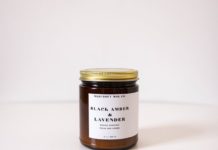By the time my first son was 2 years old, he had been to five countries and five U.S. states. My second son will be 2 in May. He has taken a day trip to go apple-picking. With the realities of COVID, I hardly wish to make others wistful for the travel that they are decidedly not doing. Yet, as the pandemic has dragged on, I find myself fantasizing about one place in particular: Santa Fe, New Mexico.
Get to Know Santa Fe, New Mexico
If you’ve ever been to the Albuquerque airport and rented a car, the shuttle bus will gather you and boom a welcome message, “Welcome to New Mexico, the Land of Enchantment!” The message will repeat itself every time the doors of the bus reopen, guaranteeing one’s annoyance at The Land Enchantment long before leaving the airport.
Here’s the thing…I don’t know a motto of any state that is more apt.
There is something truly enchanting about New Mexico. Part of it is the grandeur of the vistas and red rock formations endemic to the American Southwest. Duh, there is a reason Georgia O’Keeffe painted there. But there is so much more to enjoy on a visit to Santa Fe. Here are my recommendations…
Peoples of the Pueblos in New Mexico
Part of New Mexico’s mystique is its integrated blend of Native American, Hispanic, and Anglo-American cultures. Juan de Oñate and 500 Spanish settlers arrived in New Mexico in July 1598, where they encountered various tribal communities that they termed Pueblos.
Since the Spanish conquest, a tumultuous history ensued that included various Pueblo revolts against their colonizer, Mexican rule, and the arrival of Anglo-American settlers. Despite all this, my impression is that many New Mexicans take pride in their state’s rich diversity.
Visit individual Pueblos
Larger tribal Nations, such as the Navajo and Apache, are known for their cultural influence throughout the American Southwest. However, many of the 19 Pueblos located within New Mexico are some of the oldest tribal communities within the United States.
Within a short driving distance from Santa Fe, one can visit the Pojoague Pueblo whose Poeh Cultural Center & Museum is open to the public. In the Tewa Pueblo language, “Poeh” translates to path; the Cultural Center and Museum strives to take one along a path of discovering the essence of being Pueblo.
*Reminder – Each Pueblo is sovereign and self-governing, meaning that there is much variance between rules, regulations, and visiting hours. Please research to determine which areas and events are open to the public at this time.
Visit Bandelier National Monument
Bandelier National Monument is about an hour outside of Santa Fe. Migrating wildlife originally brought nomadic hunter-gatherers to Bandelier and Chaco Canyon in northern New Mexico. By 1150 CE, these ancestral Pueblo people began to build more permanent settlements by cutting into rock crevices.
As of the last time I traveled to Bandelier, visitors were still allowed access into the settlements via ladders. Besides the archeological history, Bandelier offers 33,000 acres and the guarantee of a beautiful locale for a snowy winter walk.
-
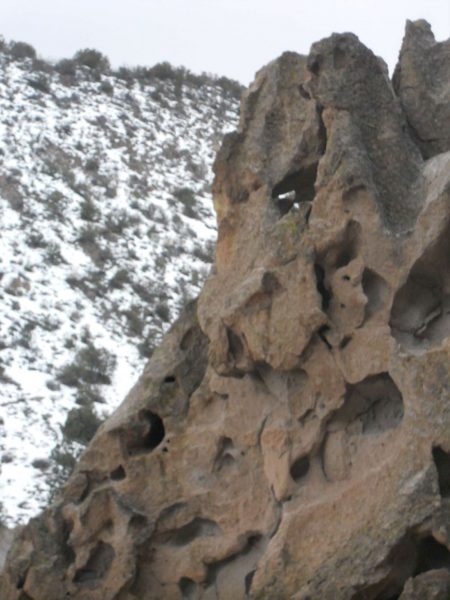
Bandelier National Monument -
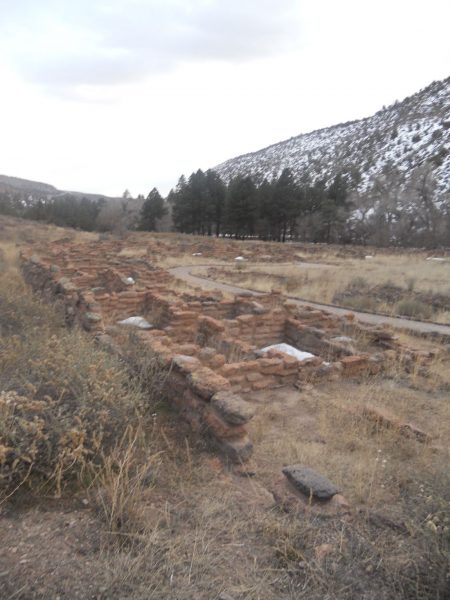
Bandelier National Monument
Visit the IAIA Museum of Native American Art (MOCNA)
Located in downtown Santa Fe, the IAIA Museum of Native American Art (MOCNA) collects and interprets progressive work from contemporary Native artists.
The museum proudly focuses on the work of feminist and student artists.
Visit the Santa Fe Indian Market
Every August, the Santa Fe Indian Market envelopes the Santa Fe Plaza and historic downtown. An estimated 115,000 people gather together with the most celebrated Native American artists and vendors from across the U.S. and Canada.
This annual event sustains the careers and livelihoods of many artisans, while also educating the public about indigenous techniques in weaving, textile production, jewelry craft, and more.
Art in Santa Fe
The soul of Santa Fe is steeped in creating. The city has long been considered a mecca for artists, meaning that Santa Fe prides itself on maintaining a high concentration of world-renowned art.
Whether one is interested in fiber arts/textiles, drawing, ceramics/pottery, painting, photography, glass blowing, or jewelry making, rest assured that one can find a museum and gallery to fit one’s specific needs and interests.
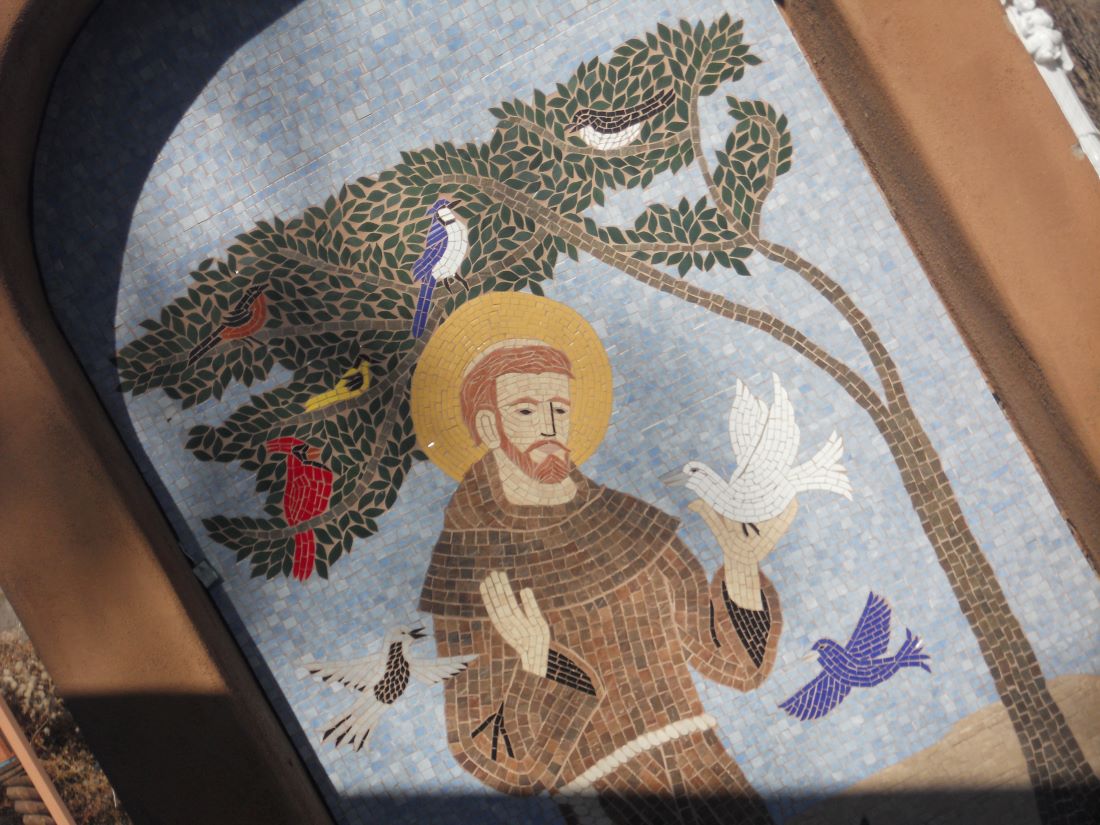
Attend an art class or workshop
If you enjoy getting your hands muddy, I recommend taking a ceramics class at Paseo Pottery. All of their teachers are volunteers and 100% of the proceeds from their classes are given to local charities, which are selected by their customers.
Learn more about Georgia O’Keeffe
If you are unfamiliar with the storied painter Georgia O’Keeffe, the Georgia O’Keeffe Museum (located in downtown Santa Fe) presents her legacy “in nine galleries tracing a journey that spans the twentieth and the rise of American Modernism,” according to the museum’s website.
Many of her paintings depict the majesty of desolate landscapes littered with dry bones that have come to be understood as synonymous with the American Southwest. The sensuality of her work has been viewed as a testament to female empowerment.
Besides the museum, one can make the hour-long trip from Santa Fe to the O’Keeffe Welcome Center in Abiquiú, location of her Ghost Ranch home and studio.
Visit Museum Hill
Visit Museum Hill if you are interested in seeing as much art as possible within a short amount of time. The hill includes the Museum of Spanish Colonial Art, Museum of International Folk Art, Museum of Indian Arts & Culture, Wheelwright Museum of the American Indian, and the Santa Fe Botanic Garden.
Colonial History in New Mexico
One of my favorite courses during my graduate studies in theology brought me to New Mexico to explore the iconography of the region. Retablos, devotional paintings common throughout Mexican folk art, can be found behind the altars in many Catholic Churches throughout New Mexico.
A brief search on Etsy can show how contemporary iconographers from New Mexico will create a playful intersection between traditional Catholic saints and modern context. Some iconographers will incorporate natural symbols or specific animals associated with the Pueblo peoples into their work.
The intention of integrating these symbols from different cultural lenses is to allow the viewer to more fully enter into the sacred.
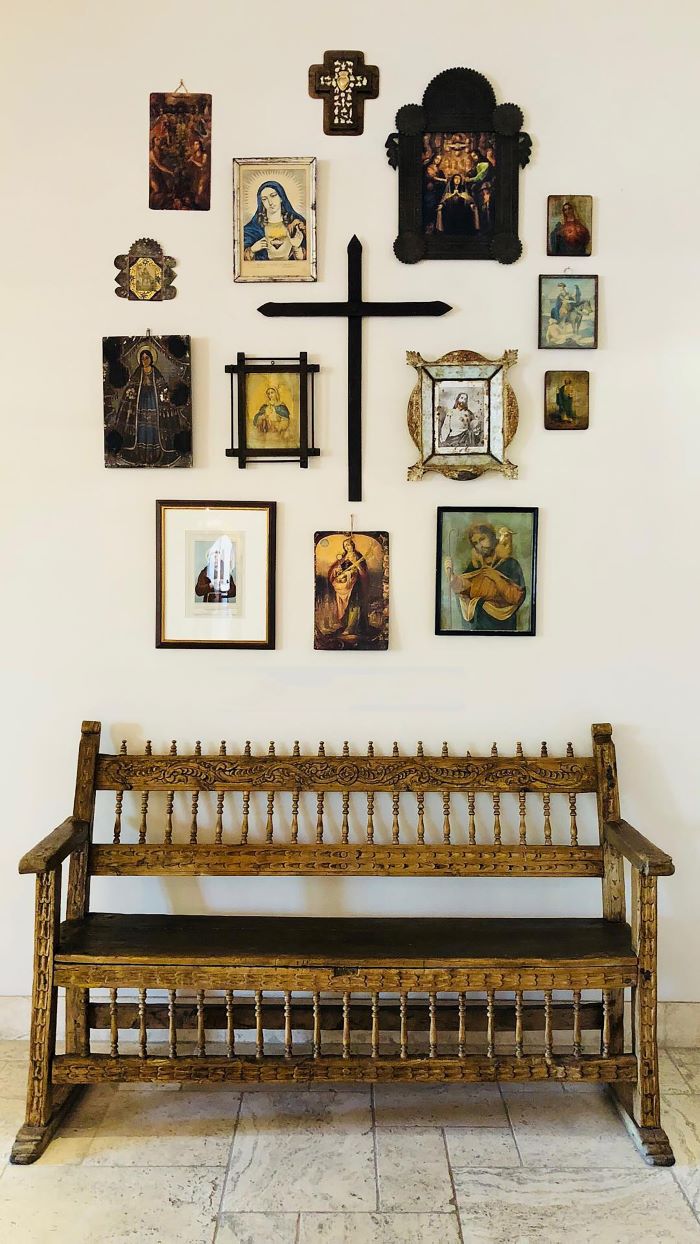
Explore sacred art
If you are interested in sacred art, I would begin the journey at the El Santuario de Guadalupe. Although there is some debate about when this Shrine to Our Lady of Guadalupe was built, it is generally considered the oldest continuously standing church in the United States. Today, it functions as an art and history museum.
The Archdiocese of Santa Fe houses its collection of Santos, carved images of the saints, as well as Mexican baroque and Italian Renaissance paintings. Particularly of note is an oil painting of Our Lady of Guadalupe, which is dated from 1783 and is signed by renowned Mexican painter Jose de Alzibar.
Visit the New Mexico History Museum
The relatively new New Mexico History Museum focuses on the colonial and post-colonial history of the state. According to their website, the museum “offers a welcoming place for exploration of multifaceted views on history, dialog that bridges social and cultural divides, and reflection on the conditions needed for a more resilient, just, and sustainable future.”
Make a pilgrimage to Chimayó
Located about 25 miles (and almost an hour on bad roads) north of Santa Fe, is a cluster of plazas called Chimayó. Since before Spanish colonization, the soil of Chimayó was said to hold healing powers.
Spanish Missionaries built a local shrine and chapel, El Santuario de Chimayó, which is now a pilgrimage site visited by hundreds of thousands of visitors annually. If one is seeking Christ’s healing, she or he is encouraged to cross oneself with the sacred soil while there.
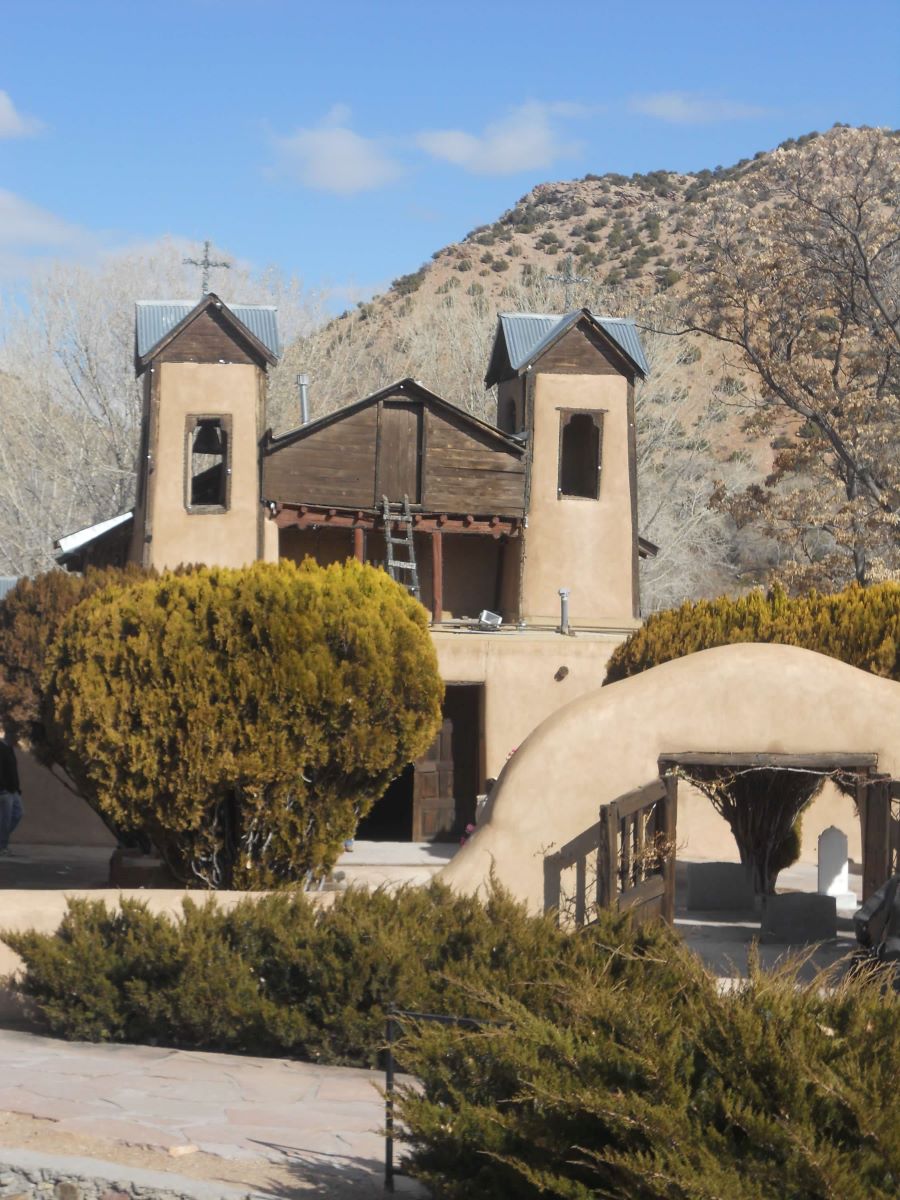
As you leave, make sure to stop at Rancho de Chimayó. Chef/Owner Florence Jaramillo began the restaurant with her husband in 1965. She was New Mexico Restaurateur of the Year in 1987 and has earned the Lifetime Achievement Award from the National Restaurant Association. This warm, friendly restaurant helped put New Mexican cuisine on the international stage.
Eat Your Way Through Santa Fe
Speaking of New Mexican cuisine…
Blue Corn Café
Any first day in Santa Fe should include stopping at the Blue Corn Café. Blue corn enchiladas. Green Chili Cheeseburger. Sopapillas with honey. Handcrafted beer. Their menu essentially offers an overview of contemporary New Mexican cuisine.
Take a cooking class
To perfect your own chicken enchiladas with green chile sauce, I would suggest taking a class from the Santa Fe School of Cooking. Founder Susan Curtis has dedicated her professional life to sharing the traditional foods of Santa Fe and advocating for local sustainability long before it was trendy.
A Santa Fe institution for more than 30 years, the School of Cooking offers a wide range of demonstrations, hands-on classes, and restaurant tours educating the public about traditional Southwestern ingredients.
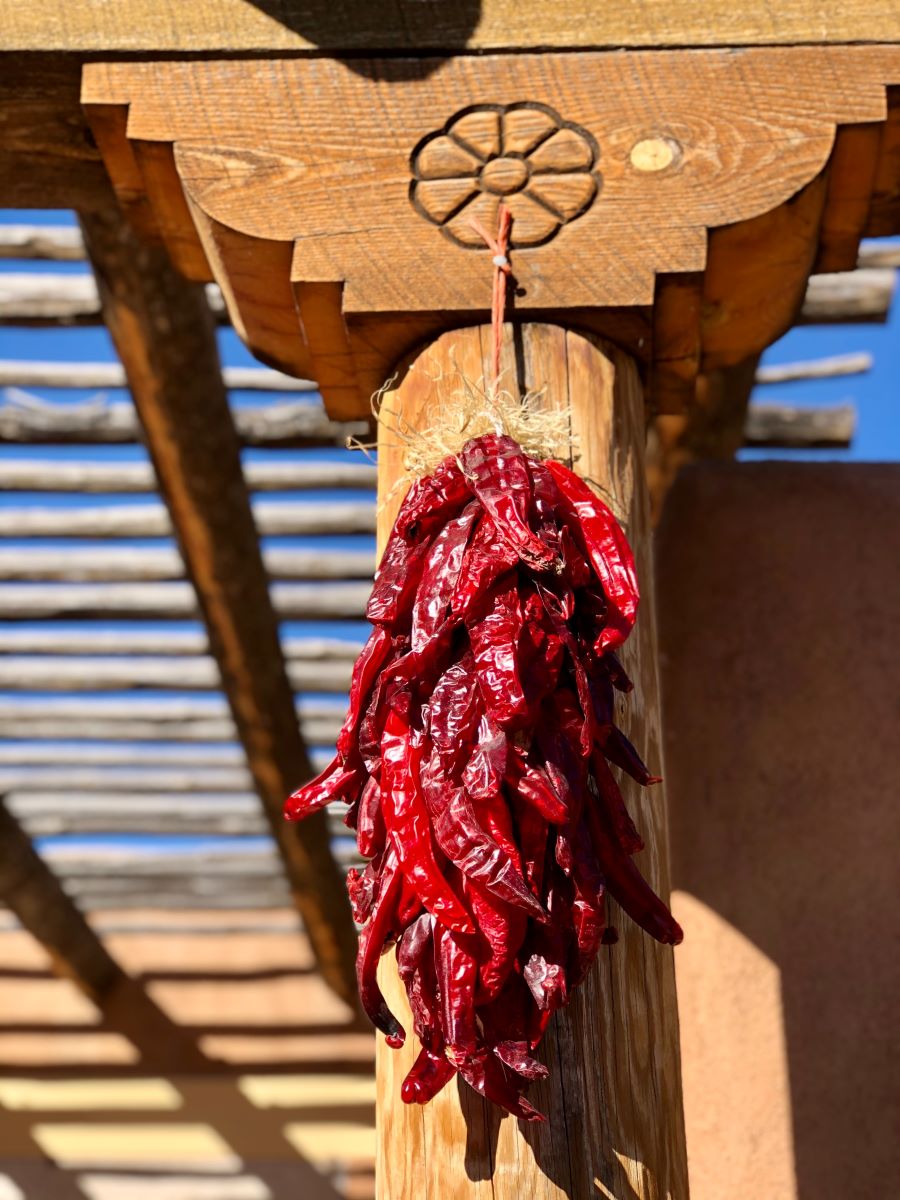
The Santa Fe Railyard
One doesn’t necessarily correlate trains and food but The Santa Fe Railyard is an entertainment, dining, and shopping hub for the Santa Fe area. Besides some excellent food stalls available all the time, a real draw is the Saturday morning farmer’s market. With over 150 vendors, this market rivals some of the best farmer’s markets in the country.
The Cowgirl Café
The Cowgirl Café is kitschy and fabulous all at once. It’s basically BBQ and other calorie-laden, American comfort foods paired with epic margaritas. However, times have changed because they also have a vegan menu listed online if one is interested in the opposite end of the culinary spectrum.
Café Pasqual’s
Café Pasqual’s focuses on seasonal organic ingredients and is open for breakfast, lunch, and dinner. Executive Chef/Owner/Founder Katherine Kagel is dedicated to making everything from scratch, most notably their yummy baked goods. They also maintain an art gallery to showcase the work of local artists.
Kakawa
No personal Santa Fe Food Tour would be complete without visiting Kakawa (aka cacao). This unique chocolatier offers eight different flavors of drinking chocolate daily.
Enchanting, am I right?



























